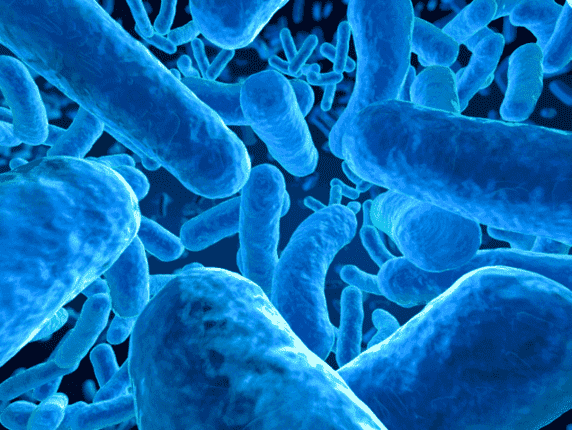Every day we are dealing with countless microbes. But the latest research on a metagenomics shows that the microbial population on our skin surface is highly stable. These little guys are wrapping around us, like an invisible “little universe”.
The bacteria, fungi and viruses on our skin are mostly harmless, and even healthy. But there are also some microbes that are associated with skin diseases such as acne, psoriasis and eczema. So far, it is not clear how the skin microbial population changes, and the impact of these changes on human health.
Before, metagenomics research found that bacteria, fungi and viruses have a strong preference to specific skin sites. And everyone has its own unique skin microbial population, just like a “microbial fingerprint”. Now, they have analyzed the stability of skin microbial communities through a new study.
Researchers within 2 years repeatedly sampled 17 skin sites of 12 healthy individuals, and sequenced those samples with metagenomic shotgun DNA sequencing. Surprisingly, although the skin microbial group is often disturbed by external factors, the human body can still maintain its own microbial characteristics. Of course, there is a difference in the stability of the skin microbial groups among individuals. Even the same person, some parts of the skin microbial groups are more volatile, such as the feet and other easy wet parts. The findings of this study can help people to better understand skin diseases, and develop corresponding microbial therapy on the basis.
Studies have found that vitamin B12 can affect some skin floras on the face, and change bacterial gene activity, then causing inflammation and acne.
A large number of microorganisms living in the human digestive tract are collectively referred to as the intestinal microbial groups. Intestinal microbial groups play an important role in the process of human metabolism of food, resistance to infection and response to drugs, and many human diseases are related to the imbalance of microbial groups. Intestinal flora is like a dense jungle. Different bacteria in the competition maintain the stability of the whole system, helping us stay healthy.
We know that the composition of the intestinal flora is vary from person to person, and the metagenomics sequencing has revealed the surprising complexity of the microbial groups.


Leave a Reply